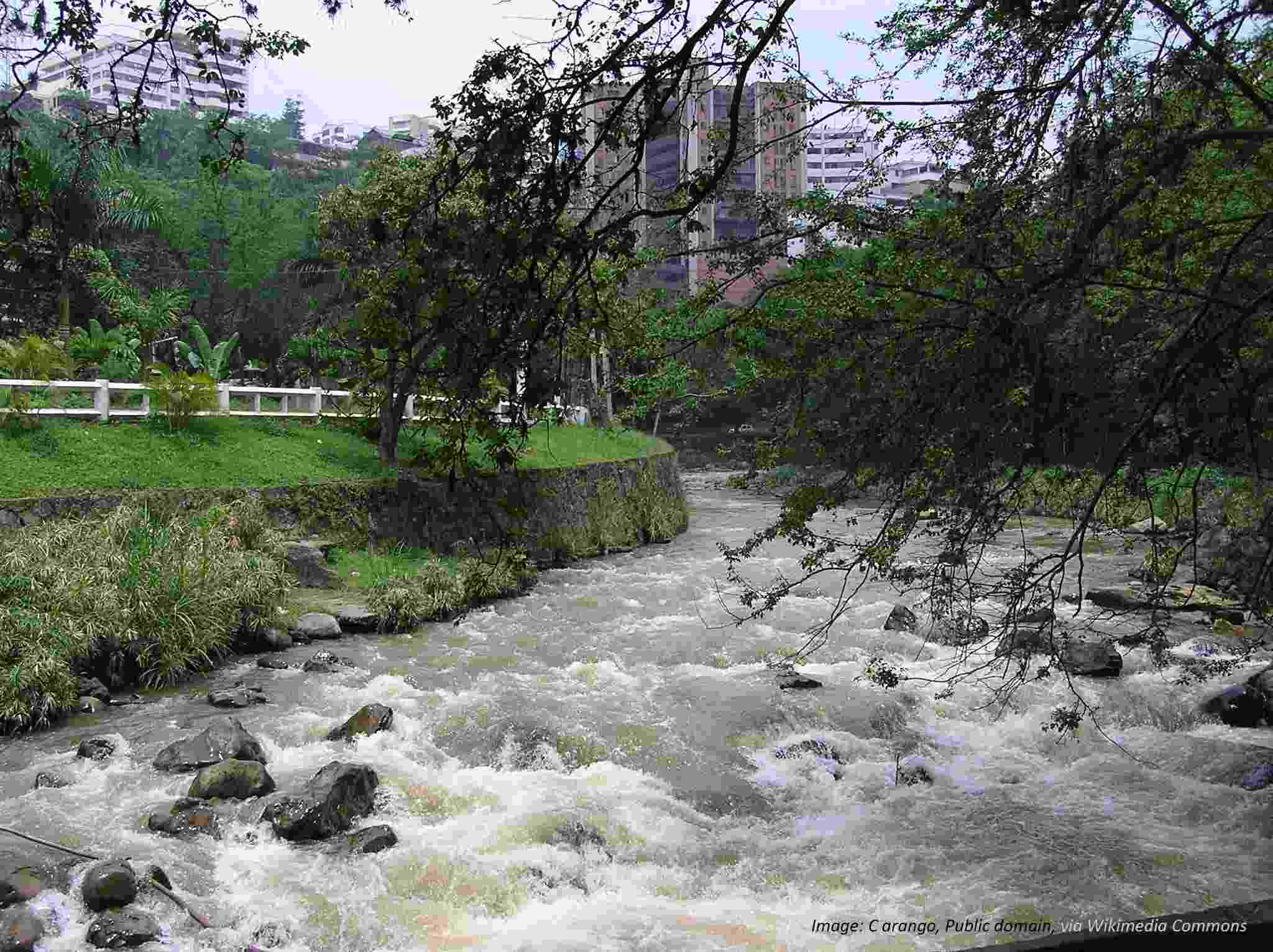Implementation of payments for ecosystem services in Cali, Colombia
A social-ecological systems perspective
11 April 2022


The Cali River as it passes through the city of Cali, Colombia
Authors: Paola Arias-Arévalo, Nicol Pacheco-Valdés
Colombia is a biocultural diverse country with deep inequalities, and an increase in the implementation of Payment for Ecosystem Services (PES) is currently expected. In this paper, the authors identify factors that influenced the implementation of one of the first PES pilots developed in Colombia during 2009-2014: the Cali River watershed PES program, using a social-ecological systems approach (SES), which has not yet widely used to analyse PES, as the analytical framework. 15 interviews were held with experts and PES participants, and secondary information related to the PES programme was reviewed.
Through a content analysis, key factors that positively influenced PES implementation were identified: quality and importance of hydrological services; participation and leadership of non-governmental and community-based organizations; and the programme convergence with local pro-environmental worldviews and values. Some of the factors identified that played a negative influence include conflicts between community actors, national rules associated with land tenure, and the high opportunity costs that small land-holders face. The SSE framework contributes to analysing multiple emergent results (ecological, social, economic and political) from PES development, which frequently are overlooked in PES designs focused on technical aspects.



